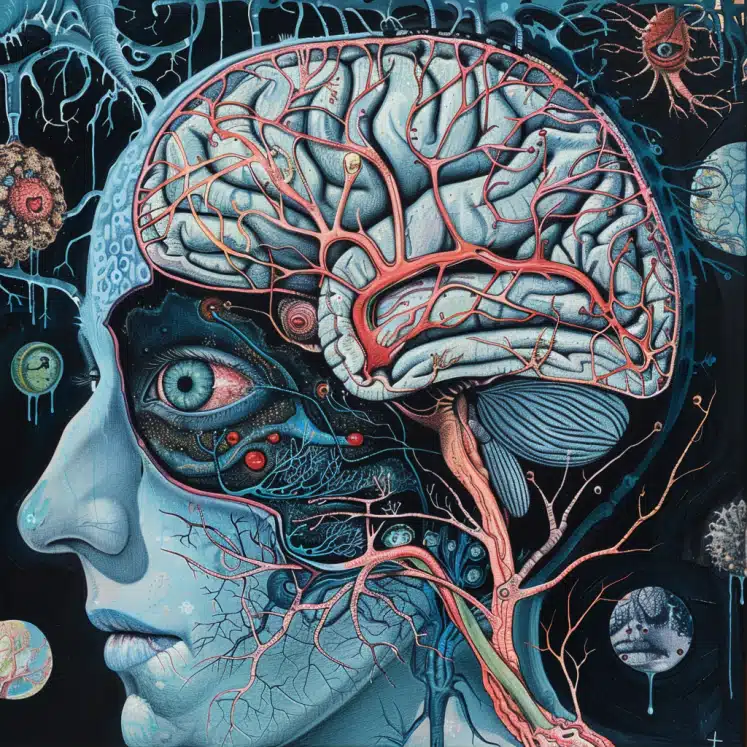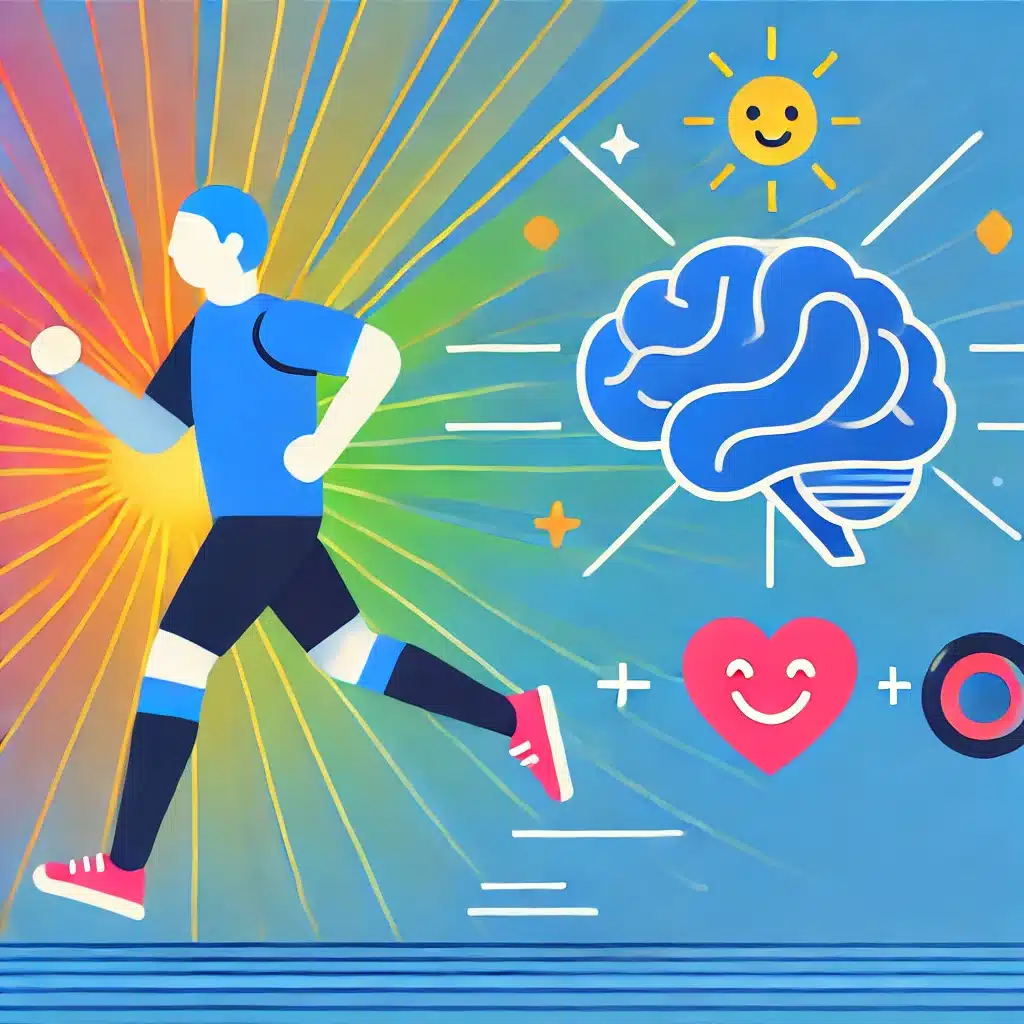High Methylmalonic Acid (MMA) Levels Linked to Depression & Mortality Risk (2024 Study)
Elevated methylmalonic acid (MMA) levels are associated with depressive symptoms and increased mortality risk, but depressive symptoms do not mediate the relationship between MMA and mortality. Highlights: Each standard deviation increase in MMA is associated with a small but significant increase in depressive symptoms. The association between MMA and depressive symptoms is more pronounced in …










